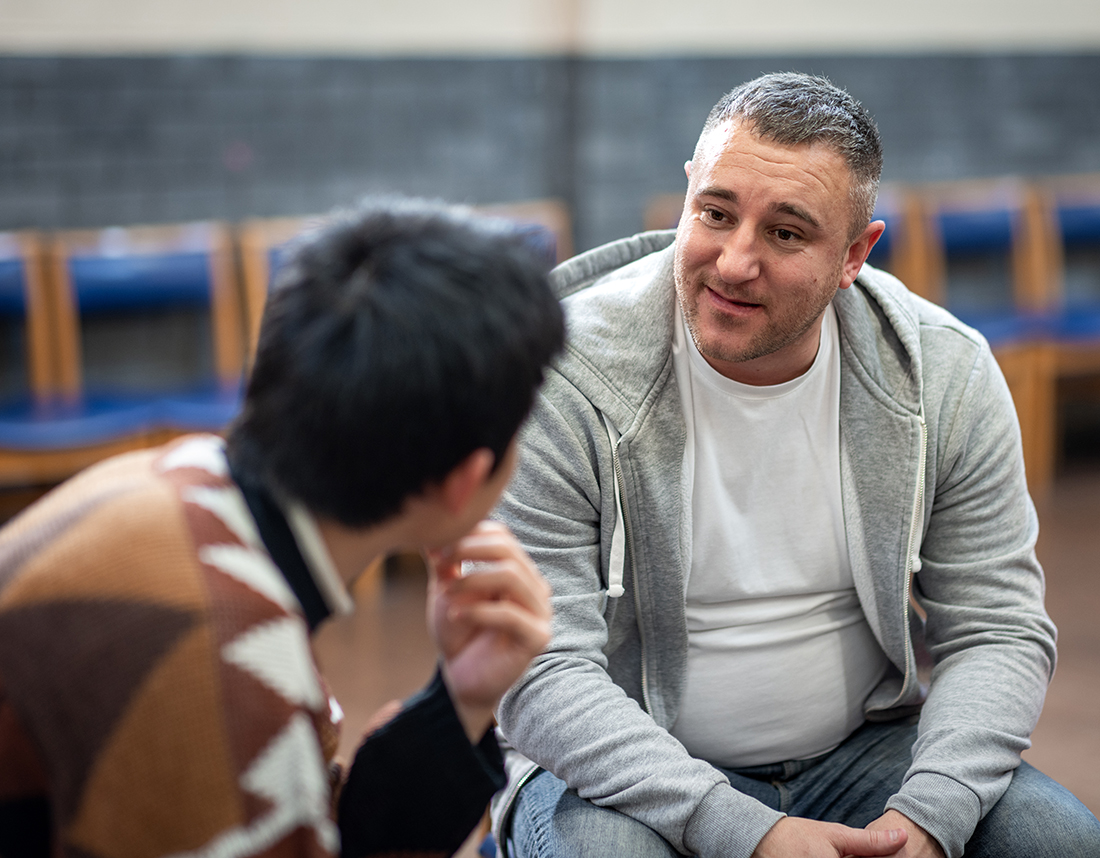
25 Oct CPTSD vs PTSD in Veterans: Understanding the Key Differences
For veterans returning from service, understanding the distinction between PTSD (Post-Traumatic Stress Disorder) and CPTSD (Complex Post-Traumatic Stress Disorder) can be crucial for proper diagnosis and treatment. While both conditions stem from trauma, their causes and symptoms can differ significantly. In this guide, we’ll clarify the differences between PTSD and CPTSD, specifically for veterans.
CPTSD vs PTSD in Veterans: A Comprehensive Guide
Explore the key differences between PTSD and CPTSD in veterans. Understand symptoms, causes, and treatments to aid recovery.
Understanding PTSD in Veterans
Post-Traumatic Stress Disorder, commonly known as PTSD, can develop after experiencing a singular traumatic event. For many veterans, this could relate to a specific combat situation, terrorist act, or other frontline experiences.
Key PTSD Symptoms Include:
Reliving the event: Through nightmares, flashbacks, or triggers.
Avoidance: Evading reminders such as places or events.
Negative feelings: Detachment, guilt, or altered perceptions.
Hyperarousal: Increased alertness, sleep issues, or concentration difficulties.
Diving into CPTSD
Complex Post-Traumatic Stress Disorder, or CPTSD, is a result of chronic, prolonged exposure to traumatic events. It often surfaces after enduring long-term trauma where escape seems impossible, like extended combat scenarios or captivity.
Key CPTSD Symptoms Include:
Emotional dysregulation: Persistent sadness, explosive anger, or suicidal thoughts.
Altered consciousness: Forgetfulness, reliving trauma, or dissociation.
Negative self-view: Intense shame, guilt, or feelings of isolation.
Perception of perpetrator: A sense of their omnipotence or thoughts of revenge.
Relationship challenges: Distrust, isolation, or dependency.
Loss of hope: Feelings of despair or a loss of faith.
Differentiating PTSD and CPTSD for Veterans
While PTSD in veterans may center around distinct traumatic events, CPTSD could arise from prolonged, recurring trauma. Especially for those who were prisoners of war or faced extended combat situations, CPTSD symptoms might be more prevalent.
Seeking the Right Treatment
Recognizing whether a veteran is facing PTSD or CPTSD is vital for effective therapeutic intervention. While therapies overlap, CPTSD might require additional treatments targeting ingrained beliefs from extended trauma.
Conclusion
For veterans, distinguishing between PTSD and CPTSD is pivotal for healing and recovery. By understanding the nuances of these conditions, veterans can seek out the most effective treatments and support systems.
If you or a veteran you know is battling with these conditions, seeking expert guidance is crucial. Don’t hesitate to reach out to our admission specialist Georgie Kopperman by call or text at 702-903-9847 for assistance.